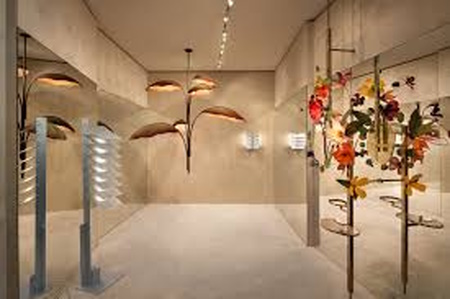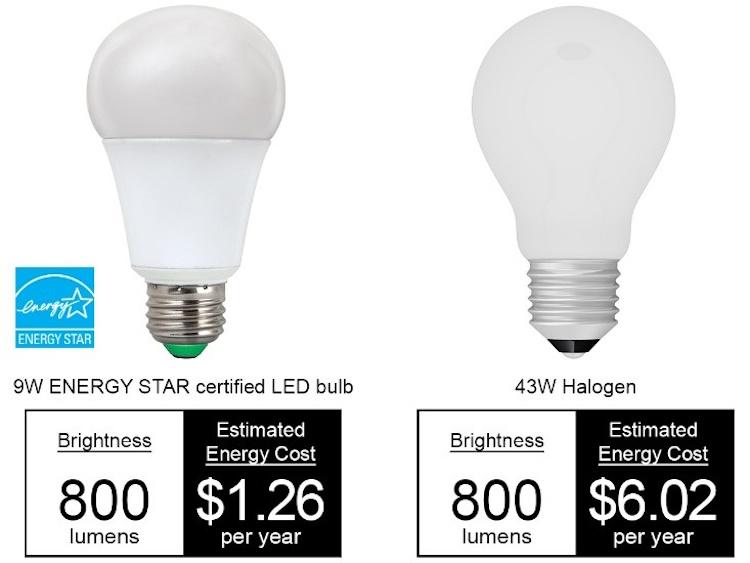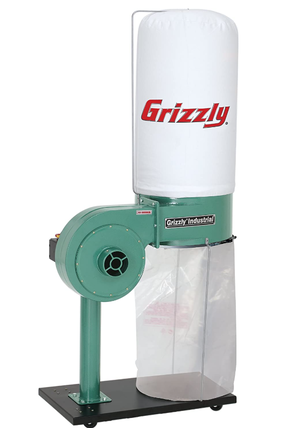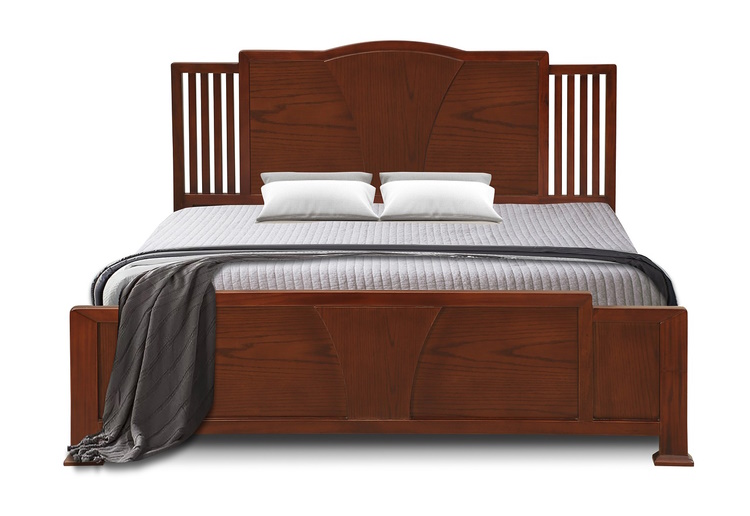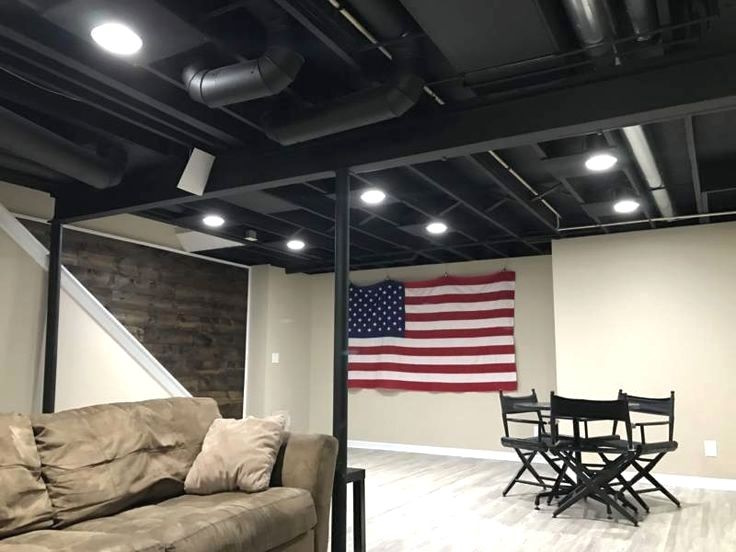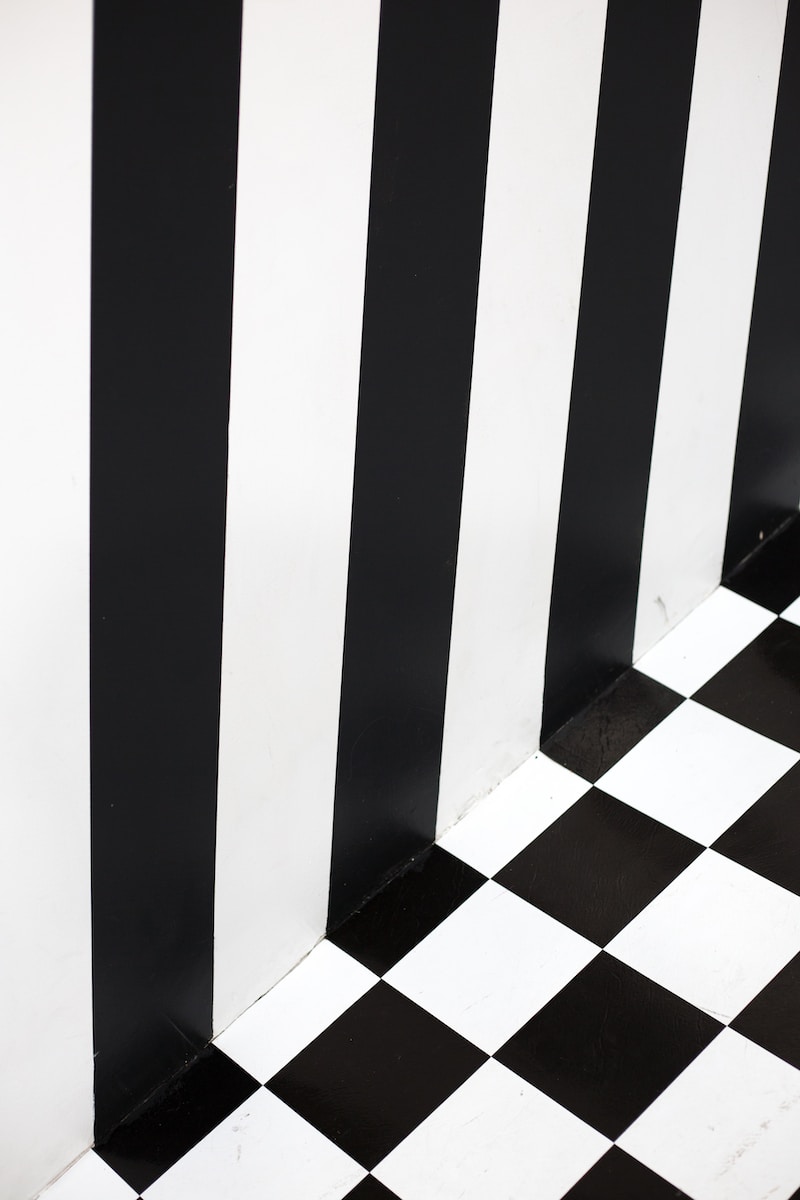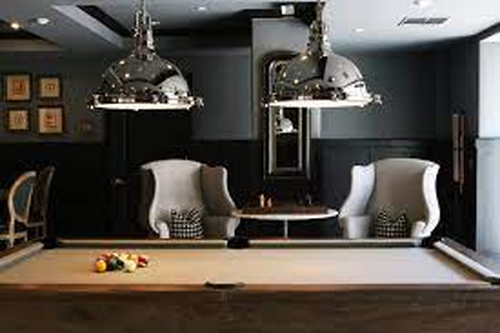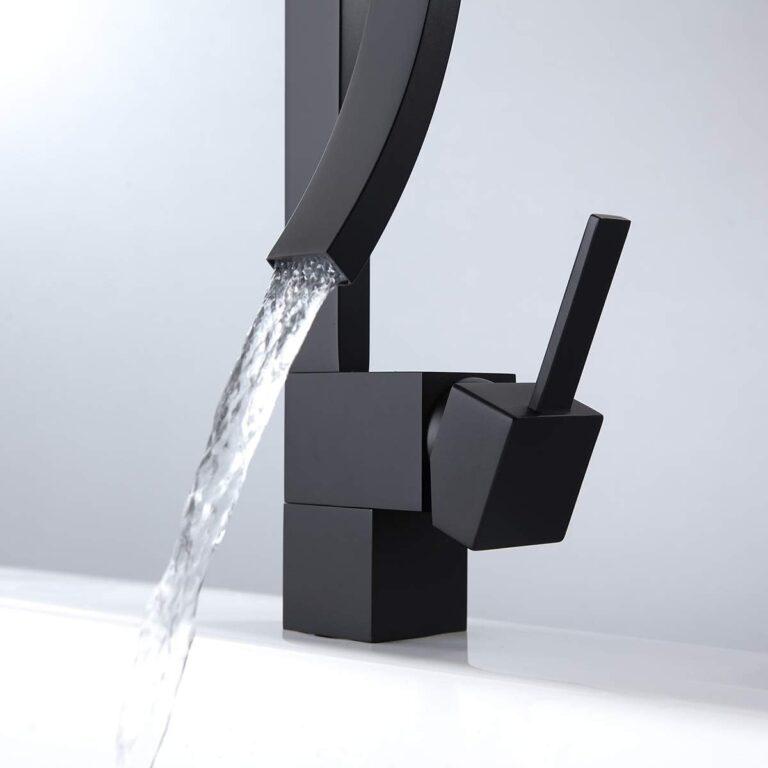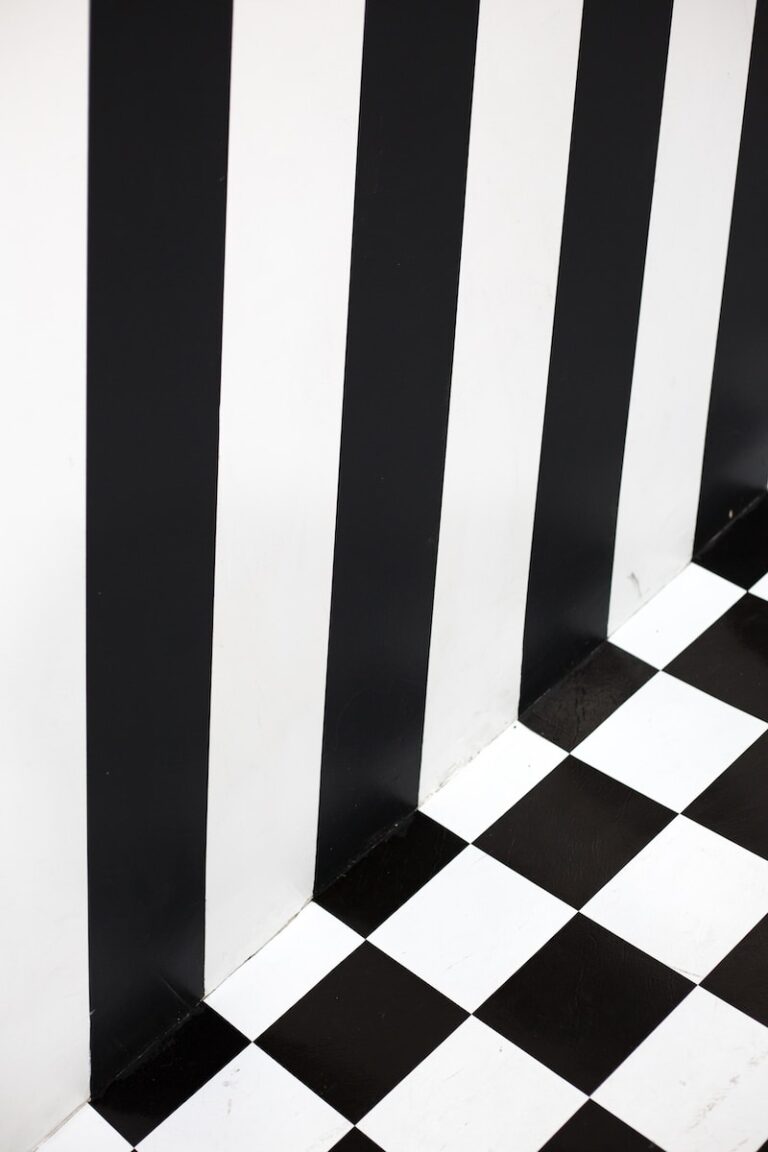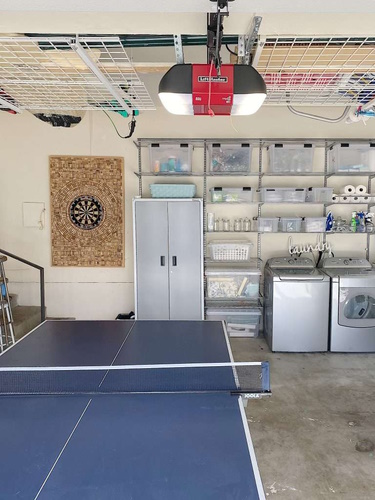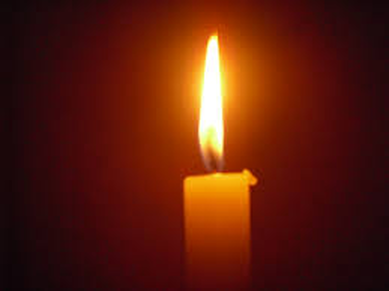LED vs Fluorescent Lighting: The Light Bulb Showdown
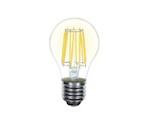 Are you trying to take sides on the LED vs fluorescent lighting argument? With so many options available, it can be hard to know which one is the best fit for your needs.
Are you trying to take sides on the LED vs fluorescent lighting argument? With so many options available, it can be hard to know which one is the best fit for your needs.
In this blog post, I will take a look at the advantages and drawbacks of LED lighting compared to fluorescent lighting. I will also explore some alternatives to these popular options, and finally, I will express my opinion and reasons about which one I believe is the better choice. So, whether you’re looking to light up your home, office, or outdoor space, read on to find out which option is right for you!
Benefits and Drawbacks of LED Lighting as Compared to Fluorescent Lighting
 LED lighting has become increasingly popular in recent years due to its energy efficiency, long lifespan, and durability. According to a University of Michigan study, LED lighting is up to 44% more efficient than 4-foot fluorescent tubes.
LED lighting has become increasingly popular in recent years due to its energy efficiency, long lifespan, and durability. According to a University of Michigan study, LED lighting is up to 44% more efficient than 4-foot fluorescent tubes.
Here are some of the main benefits of LED lighting as compared to fluorescent lighting:
- Energy efficiency: LED lights are estimated to be between 80-90% efficient on energy compared to traditional fluorescent or incandescent bulbs, meaning they use significantly less energy, resulting in lower electricity bills and a reduced carbon footprint.
- Long lifespan: LED lights can last up to 25 times longer than fluorescent lights, with an estimated lifespan of 50,000 hours compared to 6,000 to 15,000 hours for fluorescent lights. This means LED lights must be replaced less frequently, resulting in lower long-term costs.
- Durability: LED lights are more durable and resistant to shock and vibration than fluorescent lights, making them ideal for use in areas of frequent jarring or movement. They are also less prone to breaking or shattering, which reduces the risk of injury and replacement costs.
- Directionality: LEDs emit light over a 180-degree area, meaning that light is focused where needed. Fluorescent lights are omnidirectional, meaning that much of the light is lost inside the fixture and not directed where needed.
However, some drawbacks to LED lighting should be considered:
- High upfront cost: LED lights can be more expensive to purchase than fluorescent lights, with some estimates suggesting they can be up to 10 times more expensive. However, the cost of LED lights has decreased in recent years, making them more affordable for consumers.
- Heat sensitivity: LED lights are sensitive to high temperatures and can become less efficient or fail altogether in hot environments. This can be a concern in areas with high temperatures or where the lights are used for extended periods of time.
- Blue light concerns: Some studies suggest that exposure to blue light from LED lights can disrupt sleep patterns and cause other health issues. However, the overall impact of blue light on health is still being researched and debated.
Benefits and Drawbacks of Fluorescent Lighting as Compared to LED Lighting
Fluorescent lighting has been a popular choice for residential lighting for many years.
Here are some of the main benefits of fluorescent lighting as compared to LED lighting:
- Energy efficiency: Fluorescent lights are estimated to be 75% more energy-efficient than traditional incandescent bulbs, which means lower electricity bills and a reduced carbon footprint. However, they are less energy-efficient than LED lights, which can be up to 90% efficient.
- Brightness: Fluorescent lights are brighter than incandescent bulbs and can produce up to 100 lumens per watt of electricity. This makes them ideal for use in areas that require a lot of light, such as offices or industrial spaces.
- Low upfront cost: Fluorescent lights are generally less expensive to purchase than LED lights, which can make them a more affordable option for consumers.
However, some drawbacks to fluorescent lighting should be considered:
- Environmental concerns: Fluorescent lights contain small amounts of mercury, which makes them potentially hazardous to the environment if not disposed of properly. It’s estimated that about 600 million fluorescent bulbs are discarded in the US each year, which can significantly impact the environment if not disposed of properly.
- Flickering: Some people are sensitive to the flicker that can occur with fluorescent lights, which can cause eye strain and headaches. This can be particularly problematic in areas where fluorescent lights are used for extended periods of time.
- Slow start-up: Fluorescent lights can take a few seconds to reach full brightness, which can be an issue in areas that require instant illumination. This can be particularly problematic in industrial or commercial settings where quick and reliable lighting is needed.
Alternatives to LED Lighting and Fluorescent Lighting
LED lighting and fluorescent lighting are popular choices for residential lighting due to their energy efficiency and cost-effectiveness. However, some alternatives are also to consider when choosing a lighting option.
- Incandescent bulbs, which have been the traditional lighting choice for many years, are not as energy-efficient as LED or fluorescent lighting, but they have a warm and pleasant glow that some people prefer. Improved halogen incandescent bulbs use up to 30 percent less energy than traditional light bulbs and can last three times as long.
- Halogen bulbs are similar to incandescent bulbs but are more energy-efficient and longer-lasting. They use up to 30% less energy than traditional incandescent bulbs, and their lifespan can be up to three times longer.
- Natural light is another alternative to consider. It not only reduces electricity costs, but it also has a positive impact on mental and physical health. Consider adding skylights or large windows to your home to maximize natural light during the day.
As you can see, several alternatives to LED and fluorescent lighting can be considered when choosing a lighting option. While traditional incandescent bulbs are less energy-efficient than LED or fluorescent lighting, improved halogen incandescent bulbs use up to 30% less energy and can last longer. Halogen bulbs are similar to incandescent bulbs but are more energy-efficient and longer-lasting. Natural light is also a great alternative that reduces electricity costs and positively impacts mental and physical health.
Making The Call on LED vs Fluorescent Lighting
LED bulbs that have earned the ENERGY STAR are subject to very specific requirements designed to replicate the experience you are used to with a standard bulb. Shop LED bulbs on Amazon.
When it comes to the choice between LED and fluorescent lighting, I prefer LED lighting for several reasons.
- Firstly, LED lights are more energy-efficient, which translates to lower electricity bills and a reduced carbon footprint. This is important to me as an environmentally conscious person who wants to reduce their energy consumption.
- Secondly, LED lights have a longer lifespan than fluorescent lights, meaning less frequent replacement and lower long-term costs. I appreciate not having to replace my light bulbs as frequently.
- Thirdly, LED lights are more durable and resistant to shock and vibration than fluorescent lights, making them ideal for use in areas that are subject to frequent jarring or movement.
- Finally, I find the directional nature of LED lighting to be a significant advantage as the light is focused where it is needed, rather than emitting light across 360 degrees like fluorescent lights, which can lead to wasted light and energy.
However, I recognize that LED lights can be more expensive than fluorescent lights, which is a drawback to consider, although the cost has decreased in recent years. Ultimately, I believe the benefits of LED lighting outweigh the drawbacks and would choose them over fluorescent lighting for my home.
The publisher earns affiliate commissions from Amazon for qualifying purchases. The opinions expressed about the independently selected products mentioned in this content, and any instructions or content shared are those of the publisher, not Amazon.

